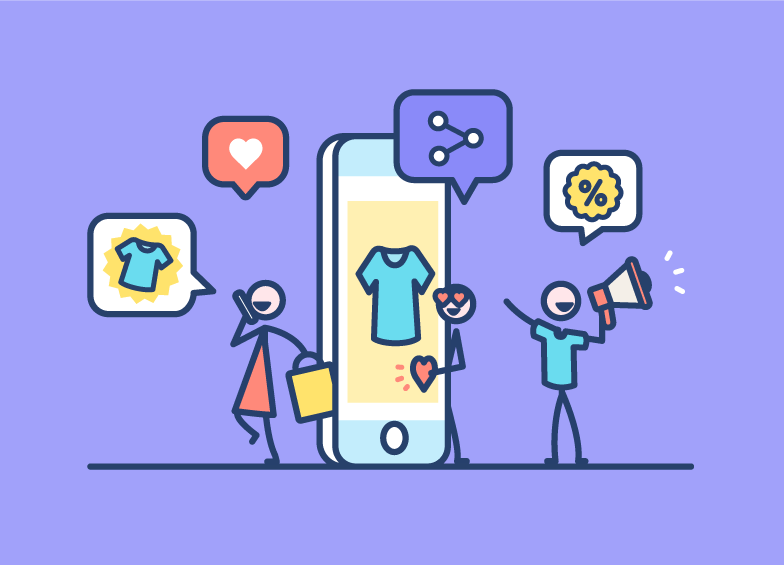Qui sont vos ambassadeurs et comment les engager plus encore ?



Frédéric Faivre
Catégorie : Fidélisation
Gagner la confiance des consommateurs est primordial, en particulier dans un contexte où la concurrence peut être rude, cela peut s’avérer plus compliqué que ce que l’on imagine. Aujourd’hui les consommateurs ont de nombreux moyens à leur disposition pour rassembler des informations sur les marques et se forger leur avis, que ce soit via la publicité, les sites web, les avis laissés en ligne, les réseaux sociaux ou encore leur entourage.
Selon Kantar, 93 % d’entre eux estiment d’ailleurs que l’opinion de leur proche sur une marque à une importance majeure dans leur processus d’achat. C’est pourquoi identifier vos ambassadeurs et les stimuler, grâce à des programmes de parrainage client adaptés, pour qu’ils partagent avec leur entourage les produits de votre marque, est une stratégie indispensable dans la création d’une communauté saine et solide.
Avant de déterminer qui sont vos ambassadeurs, il est important de bien comprendre les différentes terminologies associées au concept du parrainage. Nous parlons ici de parrainage client à ne pas confondre avec une stratégie de partenariat avec un influenceur. Voici les principales différences entre un influenceur et un ambassadeur :
L’engagement se mesure à travers la fréquence et le degré de proactivité des interactions qu’un client a avec votre marque. Il ne tient qu’à vous de décider quels types d’interactions valent la peine d’être scorées pour mesurer ce qui selon vous refléterait l’engagement de vos clients :
Mesurer l’engagement de vos clients vous permettra d’augmenter la connaissance client, de personnaliser vos messages et mieux convertir vos campagnes. Le taux d’engagement vous permettra également d’identifier les clients les plus réactifs à vos messages mais contrairement à ce que l’on pourrait croire, les clients avec les plus hauts taux d’engagement ne sont pas forcément vos ambassadeurs. La première campagne de parrainage que vous lancerez à votre base de données clients vous permettra d’identifier les clients qui partagent volontiers vos bons de parrainage, et donc de déterminer vos ambassadeurs.
Votre base de données est une véritable mine d’or, il est temps d’en extraire les pépites et d’en exploiter le plein potentiel. Vos premières campagnes de parrainage client seront clés pour déterminer les degrés d’engagement des différentes typologies de clients et les animer. Ci-dessous découvrez les trois grands types que vous pourrez trouver :
Qui sont-ils ? Les clients qui auront le plus haut score d’engagement et qui seront les plus actifs lors de vos premières campagnes de parrainage.
Quel programme de parrainage : Programme Ambassadeur
Qui sont-ils ? Ce sont tous vos clients qui apprécient votre marque mais qui attendent un petit coup de pouce pour partager autour d’eux, ainsi que vos nouveaux clients qui n’attentent qu’à être conquis.
Quel programme de parrainage : Programme Accélérateur
Qui sont-ils ? Ce sont les contacts et les clients qui sont principalement intéressés par la récompense apportée que par votre programme de parrainage client.
Quel programme de parrainage : Programme de fidélité
Objectif : Fidéliser, augmenter le panier moyen, augmenter la fréquence d’achat
Vous voilà désormais armé pour identifier les ambassadeurs de votre marque et construire grâce à des programmes de parrainage client adaptés à leurs profils, une relation de confiance solide. N’hésitez pas à nous contacter pour une démo de notre plateforme de parrainage client.
Sommaire